Managing viruses and other malicious software programs
When our computers start slowing down or behaving in an unusual way, we are often quick to suspect that we have a virus. It might not be a virus, but it is likely that you have some sort of malware. Some are malicious, and others are just annoying. The worst culprits are the hijackers, malware programs that take over your browser, or worse yet, your computer. We all have had to remove these types of corrupt programs from personal computers and work computers in the past, and I’m sure you have, too.
Tips for preventing malware from infecting your computer
1
Install anti-virus/malware software
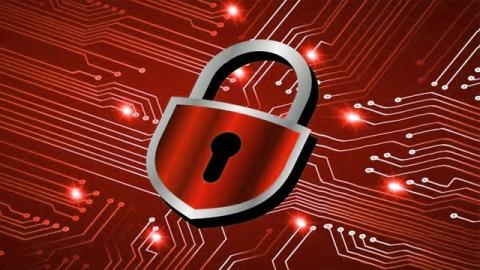
Many new computers come with anti-virus software installed on a trial basis but once the trial expires, people do not take the time to make sure that protection continues. Here are some reviews of anitvirus software that you can download and install for free.
2
Keep your anti-virus software up to date
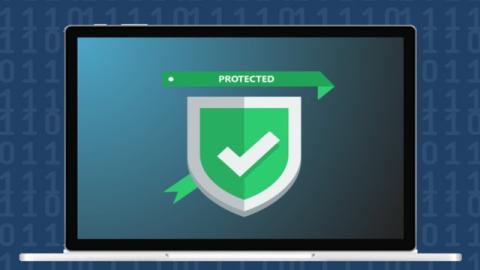
Now that you have your anti-virus software installed and running, it is up to you to keep it up to date. New viruses and malware pop up everyday and its important to keep you software up to date to find these new threats. Your software is only as good as the database it keeps so it too must be as up to date as possible.
3
Schedule scans with your software
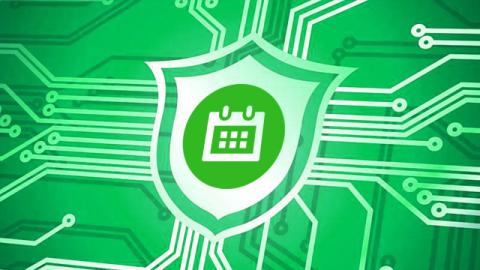
Set up your software of choice to run at regular intervals. Once a week is good, but do not wait too long in between scans. Try running the software at night when you aren’t using your computer. However, you must leave your computer on so that the scan can run. Pick a night of the week to run your scan and be sure to leave your computer on that night making sure that it doesn't slip into sleep mode.
4
Keep your OS current
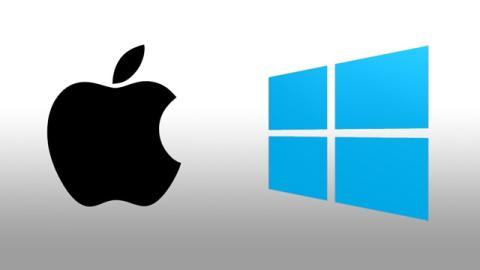
Whether you are running Windows, Mac OS X, Linux, or any other OS, keep it up to date. Developers are always delivering updates that fix security leaks. These updates or ‘patches’ will help to keep your system secure. Similarly, keep your anti-virus software up to date. Viruses and malware are created all the time.
5
Secure your network
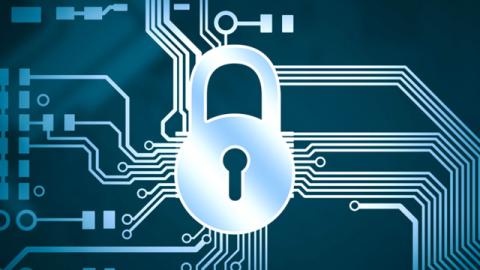
We are now living in a world of wireless connectivity. With so many devices connecting wirelessly in our homes, be sure your Wi-Fi network requires a password to connect and that the password is strong. Use WPA or WPA2 encryption. It’s also a great idea to not broadcast your SSID (the name of your Wi-Fi network) to the world.
6
Think before you click
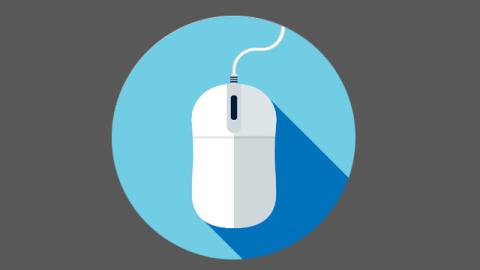
Most importantly, think before you click! Whether it’s an email attachment, a pop-up window requesting access, or an app on social media that wants access to your profile. Slowing down and being vigilant can save you hours aggravation trying to remove a virus, or losing all of your data forever.







